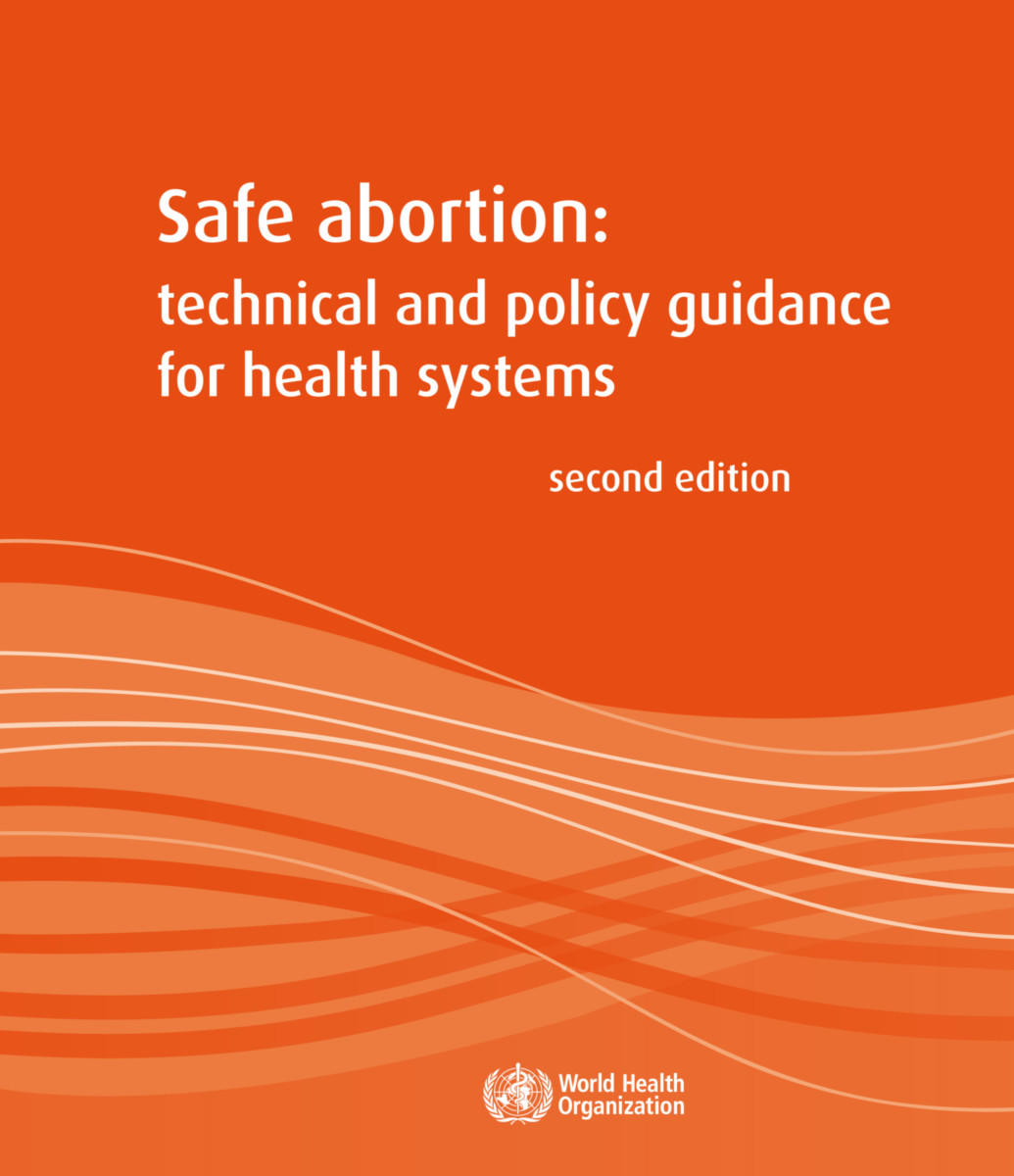Safe Abortion Edition 2
Technical and Policy Guidance for Health Systems
- Publisher
World Health Organization - Published
25th October 2012 - ISBN 9789241548434
- Language English
- Pages 131 pp.
- Size 8.25" x 9.75"
In view of the need for evidence-based best practices for providing safe abortion care in order to protect the health and human rights of women, the World Health Organization (WHO) has updated its 2003 publication Safe Abortion: Technical and Policy Guidance for Health Systems.
In this process, the WHO standards for guideline development have been followed, including: identification of priority questions and outcomes; retrieval, assessment and synthesis of evidence; formulation of recommendations; and planning for dissemination, implementation, impact evaluation and updating. For the clinical recommendations presented in Chapter 2, evidence profiles related to the prioritized questions were prepared, based upon recent systematic reviews, most of which are included in the Cochrane Database of Systematic Reviews. In addition, Chapters 1, 3 and 4 of the original 2003 publication were reviewed and updated to reflect the latest estimates on unsafe abortion worldwide, new literature on the topic of service delivery, and new developments in international, regional and national human rights law. A guideline development group, comprising members of an international panel of experts, reviewed and revised the draft recommendations based on the evidence profiles, through a participatory, consensus-driven process.
The target audience for this guidance is policy-makers, program managers and providers of abortion care. In general, the use of the recommendations should be individualized to each woman, with emphasis on her clinical status and the specific method of abortion to be used, while considering each woman's preferences for care.
Table of contents
Executive summary
Process of guideline development
Background
Methods
Decision-making during the technical consultation
Document preparation and peer review
Dissemination of the guidance document
Updating the guidelines
Chapter 1
Safe abortion services: the public health and human rights rationale
1.1 Background
1.2 Public health and human rights
1.3 Pregnancies and abortions
1.4 Health consequences of unsafe abortion
1.5 Contraceptive use, accidental pregnancies and unmet need for family planning
1.6 Regulatory and policy context
1.7 Economic costs of unsafe abortion
Chapter 2
Clinical care for women undergoing abortion
2.1 Pre-abortion care
2.2 Methods of abortion
2.3 Post-abortion care and follow-up
Chapter 3
Planning and managing safe abortion care
3.1 Introduction
3.2 Constellation of services
3.3 Evidence-based standards and guidelines
3.4 Equipping facilities and training health-care providers
3.5 Monitoring, evaluation and quality improvement
3.6 Financing
3.7 The process of planning and managing safe abortion care
Chapter 4
Legal and policy considerations
4.1 Women s health and human rights
4.2 Laws and their implementation within the context of human rights
4.3. Creating an enabling environment
Annex 1: Research gaps identified at the technical consultation
Annex 2: Final GRADE questions and outcomes
Annex 3: Standard GRADE criteria for grading of evidence
Annex 4: participants in the technical consultation
Annex 5: Recommendations from the technical consultation for the second edition of Safe abortion: technical and policy guidance for health systems
Annex 6: Post-abortion medical eligibility for contraceptive use
Annex 7: Core international and regional human rights treaties
Annex 7: Core international and regional human rights treaties
World Health Organization
World Health Organization is a Specialized Agency of the United Nations, charged to act as the world's directing and coordinating authority on questions of human health. It is responsible for providing leadership on global health matters, shaping the health research agenda, setting norms and standards, articulating evidence-based policy options, providing technical support to countries, and monitoring and assessing health trends.


